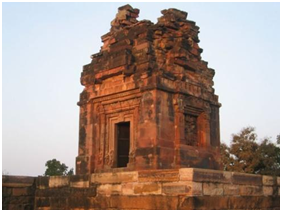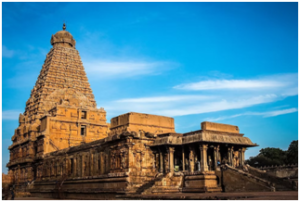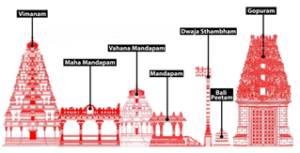Ethics Theory, TLP-UPSC Mains Answer Writing
Q. 5. While Gupta temples reflect a formative phase of Hindu temple architecture, Chola temples represent its zenith. Discuss with suitable examples. (150 words, 10 marks)
Introduction
The Gupta period marked the beginning of Hindu temple architecture, while the Chola period took it to its peak. Both show how temple design grew with changes in religion, space, and royal support.
Body
Gupta Temples – The Formative Phase
- Structural Innovation: Transition from rock-cut to freestanding temples (e.g., Dashavatara Temple, Deogarh).
- Nagara Style Origins: Use of shikhara (tower) over sanctum began, though modest in scale.
- Panchayatana Layout: Central shrine with four subsidiary shrines emerged, showing spatial experimentation.
- Material Use: Sandstone and mortar used for proportionate and symmetrical design.
- Symbolism: Temples were religious as well as cultural nuclei promoting sculpture, music, and learning.




Chola Temples – The Zenith of Dravidian Style
- Scale and Grandeur: Massive temples like Brihadeshwara Temple (Thanjavur) symbolised imperial Chola power.
- Architectural Precision: Granite used for large-scale construction with intricate iconographic detailing.
- Religious-Cultural Hubs: Temples became centres for dance (Bharatanatyam), inscriptions, education, and economic activity.
- Ritual Complexity: Elaborate festivals and temple administration systems (devadasis, land grants) institutionalised temple culture.
- Dravidian Features: Towering vimana, pillared mandapas, and massive gopurams defined stylistic maturity.
Conclusion
From Gupta beginnings to Chola grandeur, Hindu temple architecture evolved in form and function—spiritual, artistic, and political. Today, UNESCO-tagged temples like Brihadeshwara and Mahabodhi reflect this enduring legacy on the global stage.













